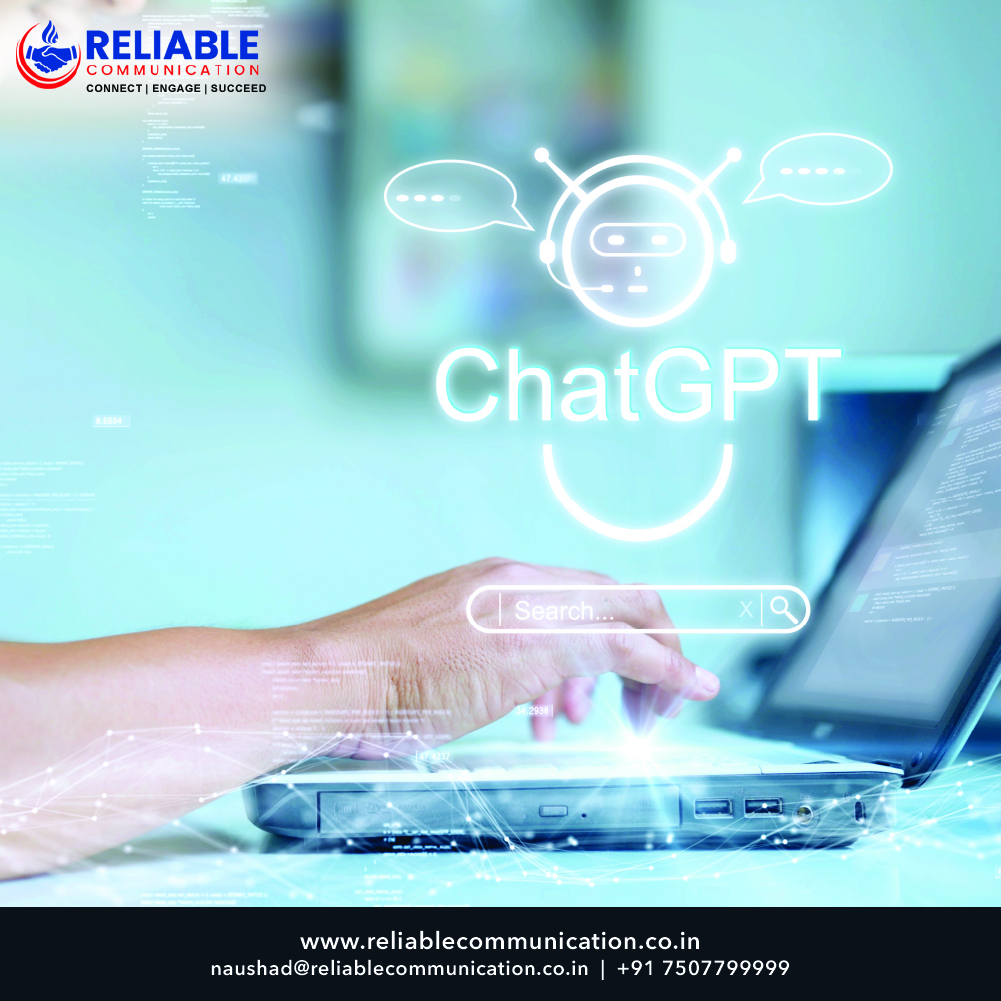Missed Call Alert Service is essential for business communication as it ensures you never miss important calls. When a call goes unanswered, the service notifies you instantly, allowing timely follow-ups. It enhances customer engagement, captures leads, and boosts sales. Cost-effective and easy to use, this service is a must-have for every business.
What is Missed Call Alert Service?
Missed Call Alert Service is a telecommunications feature that notifies the recipient of a missed call via SMS, email, or both. When a caller dials the designated MCA number but the call goes unanswered, the service automatically generates an alert to inform the recipient about the missed call and the caller’s number. It’s a simple yet powerful tool that offers several benefits for businesses across various industries.
1. Never Miss Important Calls
In the fast-paced business environment, missing a crucial call can lead to missed opportunities and potential revenue loss. With MCA Service, businesses can rest assured that they will never miss an essential call. The instant notification system ensures that even if the intended recipient is unavailable at the moment, they can promptly return the call or take appropriate action.
2. Prompt Follow-ups and Customer Engagement
In sales and customer service, timing is everything. When a potential customer or client reaches out to inquire about your products or services, they expect a timely response. Missed Call Alert Service enables businesses to initiate quick follow-ups, leading to increased customer satisfaction and loyalty. The proactive approach also demonstrates a commitment to customer service, which can significantly impact the customer’s perception of the business.
3. Lead Generation and Marketing Campaigns
For marketing and promotional campaigns, Missed Call Alerts can be an effective tool to capture leads and measure campaign success. Businesses can use unique missed call numbers in their advertising and marketing materials, inviting prospects to give a missed call to show interest or avail of an offer. This data can then be used to gauge the campaign’s performance and fine-tune marketing strategies accordingly.
4. Cost-Effective Communication
Compared to traditional methods like outbound calls or SMS blasts, Missed Call Alert Service is a cost-effective communication solution. Since the service relies on customers initiating the call, it reduces telecommunication expenses significantly. Additionally, businesses can integrate MCA with other applications and systems, further optimizing their communication processes.
5. Feedback and Surveys
Gathering customer feedback and conducting surveys are integral to understanding the pulse of the market and improving products or services. Missed Call Alert Service can be utilized to conduct automated surveys where customers can give a missed call to participate, and then they receive an automated response to answer questions through SMS. It simplifies the feedback collection process and provides valuable insights for business growth.
6. Opt-in and Subscription Services
Missed Call Alert Service also facilitates opt-in and subscription-based services. Customers can subscribe to receive updates, offers, or notifications from businesses by giving a missed call to a specific number. This opt-in mechanism ensures that businesses are communicating with genuinely interested customers, leading to higher engagement and reduced chances of being marked as spam.
7. Scalability and Customizability
Missed Call Alert Service is highly scalable and can cater to businesses of all sizes. Whether you’re a startup with a limited customer base or a large corporation with massive outreach, MCA can accommodate your requirements. Additionally, businesses can customize the service to align with their branding and communication strategies, ensuring a seamless customer experience.
Conclusion
In conclusion, Missed Call Alert Service has become an essential tool for modern businesses. Its simplicity, cost-effectiveness, and versatility make it an attractive option for enhancing communication, customer engagement, and lead generation. By leveraging MCA, businesses can unlock new opportunities for growth, improve customer satisfaction, and stay ahead in today’s competitive market. Whether you’re a small local business or a global enterprise, integrating Missed Call Alert Service into your communication framework can yield significant benefits in the long run.










